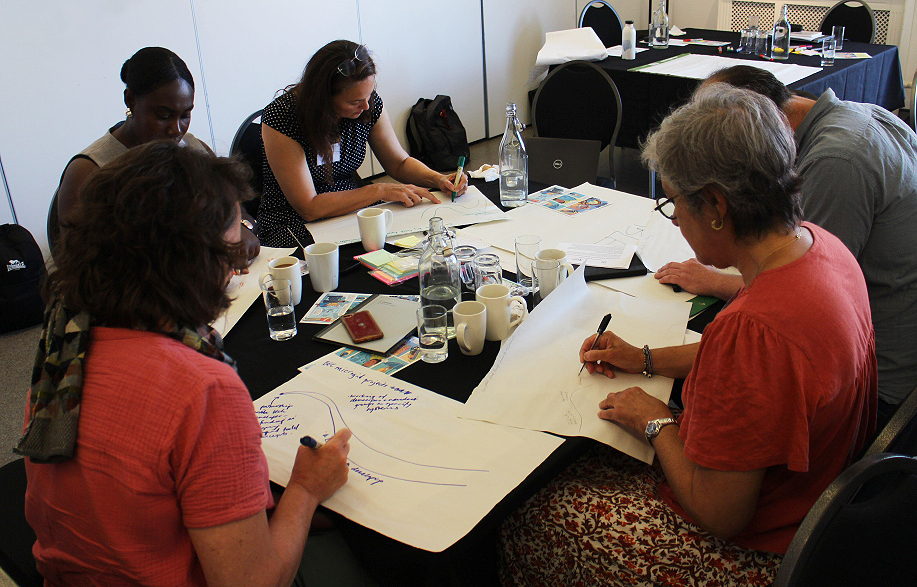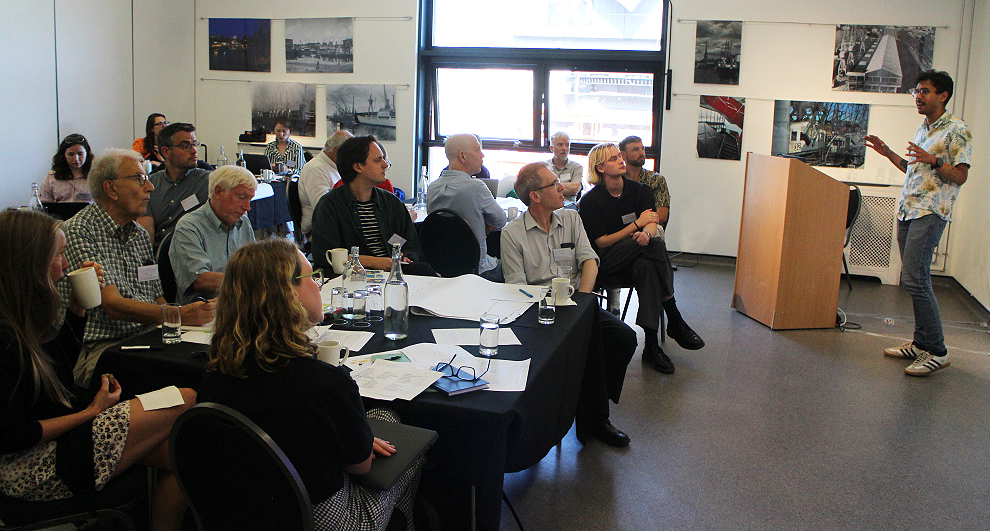The invisible work behind smart energy transitions
During this year’s Community Energy Fortnight (1-14 July), the Centre for Sustainable Energy (CSE) hosted a well-attended workshop in Bristol for a range of community energy organisations involved in smart energy projects.
The workshop is part of research being undertaken by CSE in partnership with the University of Sussex and King’s College London. Find out more about the project here.
The topic under discussion was Smart Local Energy Systems (SLES). These describe the various technologies used to balance local energy supply and demand by combining digital controls with low-carbon technologies like solar panels and heat pumps. SLES have a crucial role to play in the transition to a greener energy system. Ongoing research by CSE and partners aims to explore the important (but often overlooked) work that households and communities do to support these systems.
Community organisations and Smart Local Energy Systems
Community energy organisations are at the forefront of the development of SLES projects in the UK. They are setting up their own schemes to make use of local renewable generation, installing low-carbon technologies in homes, and providing advice to support households to make changes to their energy usage. In doing so, they are promoting crucial components of SLES, creating an enabling environment for future innovations.
The workshop was attended by community energy representatives involved in a variety of SLES and smart energy projects. Their proximity to communities, range of expertise and trust they have built with households means they are uniquely placed to provide insight into this topic.
Workshop discussion
Following some presentations from the project team, workshop participants were asked to draw their organisational ‘journeys into SLES’ (photo below). These journeys were then used to map the types of work that their organisation contribute to SLES. In the afternoon, attention switched to consider the different types of labour required of households to participate in SLES projects.

Discussions highlighted that community energy organisations provide a crucial intermediary role in SLES projects, negotiating and coordinating activities and building partnerships.
Other key insights include:
- Considerable time and resources are needed for preparatory work. This will include engaging marginalized households who would otherwise be excluded from SLES initiatives.
- Distrust in technology and the wider energy system poses a significant barrier to SLES. It takes time to build trust and demonstrate the benefits of new systems.
- Households do a lot of work to participate in SLES – from learning to use new technologies to shifting their electricity demand and household routines. Community groups are often involved with providing advice to support this work.
- Being rooted in the community can help. This is especially true if projects bring value to the community such as local ownership of new energy systems.
Next steps
The next focus for CSE’s research will be producing four detailed case studies of SLES projects. These will involve in-depth interviews with community organisations, and home visits, interviews and focus groups with households. Key findings from the project’s later stages will be shared via another workshop and a practical toolkit for community energy organisations. We will also disseminate findings through academic publications and policy briefings.
Get involved
If you are part of a community energy organisation involved or interested in Smart Local Energy Systems and keen to be a case study or find out more about the project, contact CSE project manager, Nick Stromberg.




